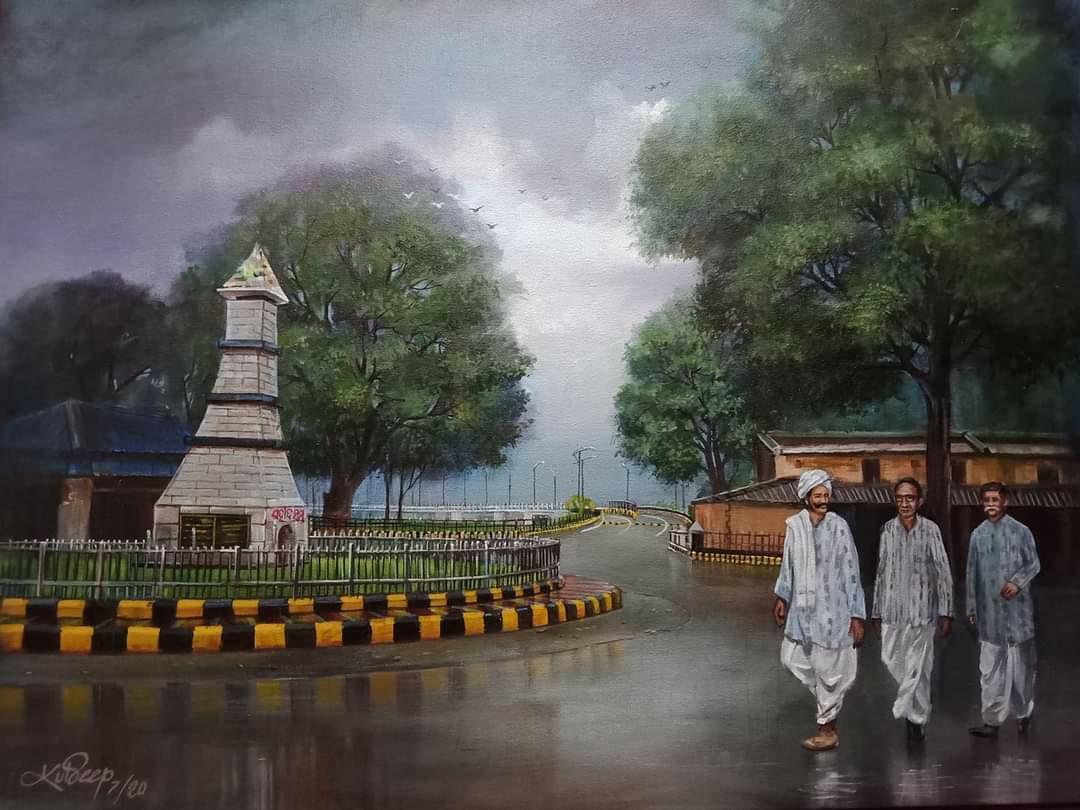India has thousands of unique and distinct cultures. Culture differences between religions and communities. India's languages, religions, dance, music, architecture, food and customs differ from place to place within the country. Indian culture, often labeled as an amalgamation of several cultures, spans across the Indian subcontinent and has been influenced by a history that is several millennia old. The eastern coastal state of India, Odisha, also has many different cultures and traditions. The western part of Odisha is famous for its Sambalpuri Saree as well as the Sambalpuri traditional music.
The Western part of Odisha state is united by its own hand. This small area also has many languages, music, dance and food. The handloom is generally called Sambalpuri but it has different names according to their origin and weaving style. In the past, it has gained huge popularity and now people have started a unique way to celebrate Sambalpuri.
Sambalpuri Din or Sambalpuri Day is celebrated like a festival among the people of western Odisha. No matter where they are living, they celebrate this festival which comes before Nuakhai. On this particular day in 1913, the greatest poet of Sambalpuri Sri Satya Narayan Bohidar was born to Mr. Mitrabhanu Bohidar of Sonepur. When he was 6, he lost his mother and moved to his aunt's place in Sambalpur. He passed out matric from Zilla School in 1930. In 1936, he passed out C.T and started his career as a third teacher from Bargarh Jeorge High School in 1937. In 1940, he joined as a Head Master in Melchamunda Vernacular school. In 1946, he joined Zilla School and from this school he retired.
From his childhood Mr. Bohidar started a revolution. In his daily life, he requested people to use the Sambalpuri language. He was so much into writing that the ink spots were seen in his whole body. He has written many books on the Sambalpuri language and grammar. "Sambalpuri Bhasa Byakaran", "Abal Sambalpur" etc are his creations. He was trying to get a special recognition for the "Sambalpuri" language. He once had a discussion with the then Chief Minister of Odisha Sir Harekrishna Mahatab. Dr. Mahatab used to say there is no difference in the Sambalpuri language but soon after this meeting he said " Sambalpuri is a different language and more research to be done on this ". He urged people to Speak, Write and Wear Sambalpuri.
In remembrance of his work towards the uplift of the Sambalpuri language and culture, we are celebrating "Sambalpuri Day". This celebration started on August 1, 2013, on his 100th birthday. In different parts of the world, the people from Western Odisha are celebrating this day as a festival. To promote Sambalpuri culture, tradition and language, many events happen on different platforms. For this day, the Sambalpuri Handloom has gone to a different level and youths are getting attracted to this. On his birthday, let's promise to promote our own Sambalpuri culture, tradition, language and handloom.
Shibashish Mahapatra
shibashishmahapatra.100@gmail.com
Mob - +91 73772 02389






















































